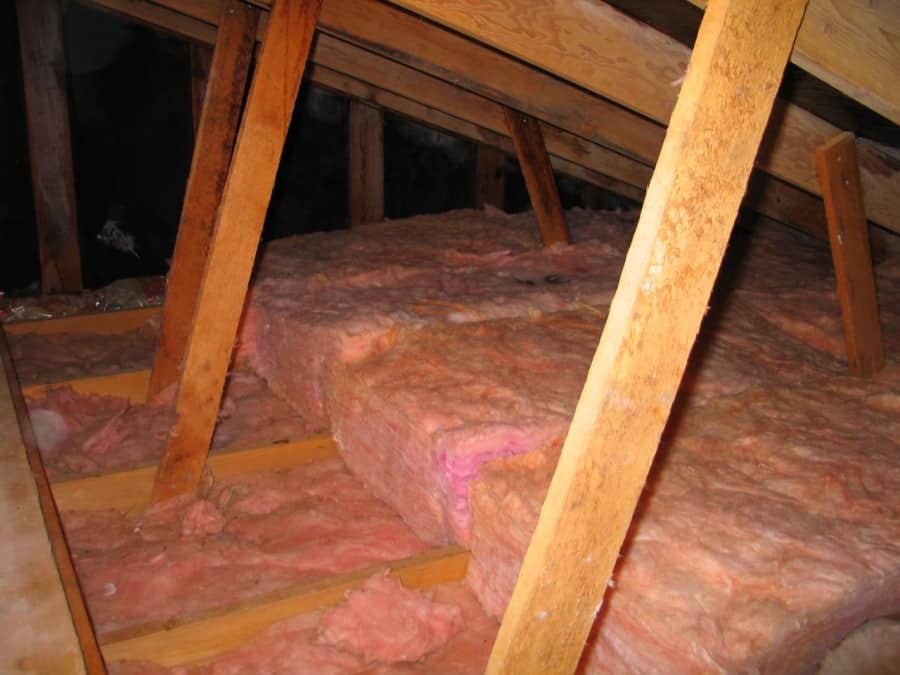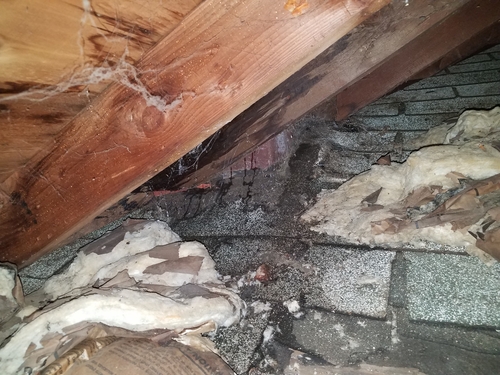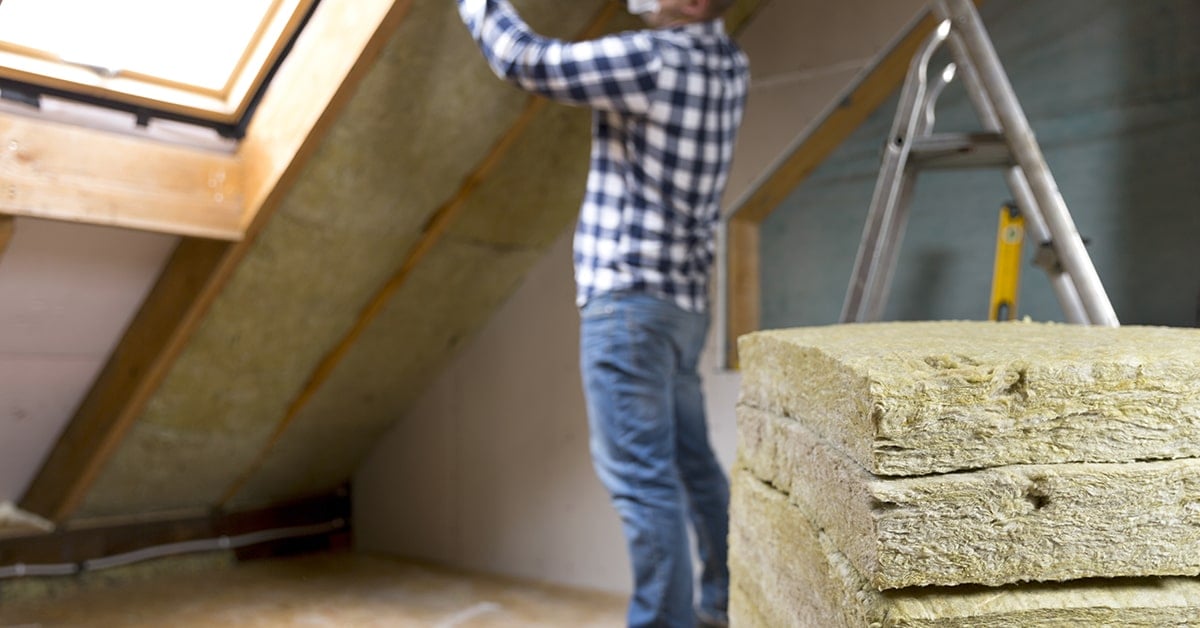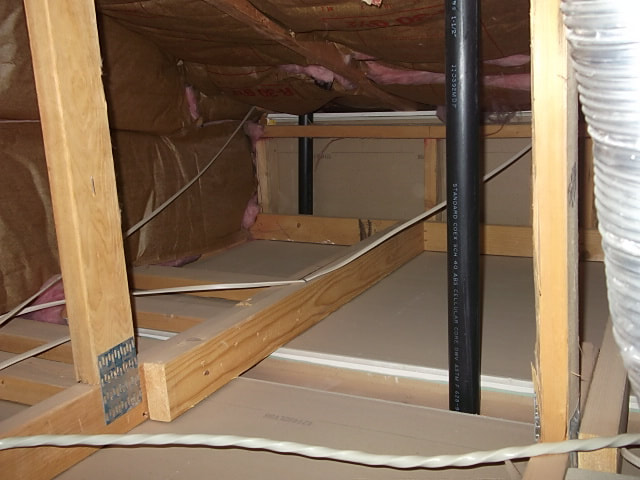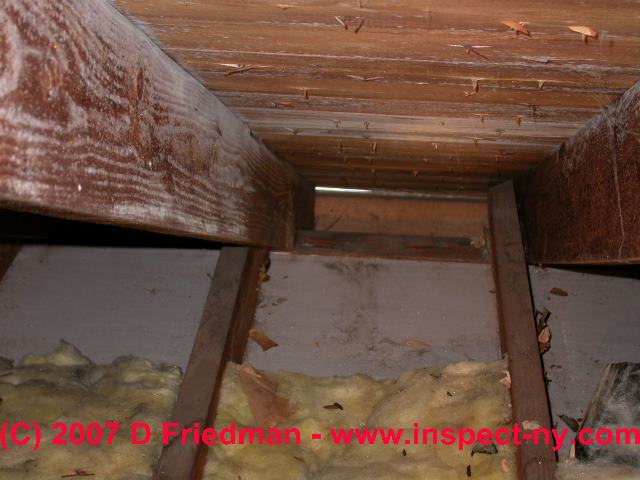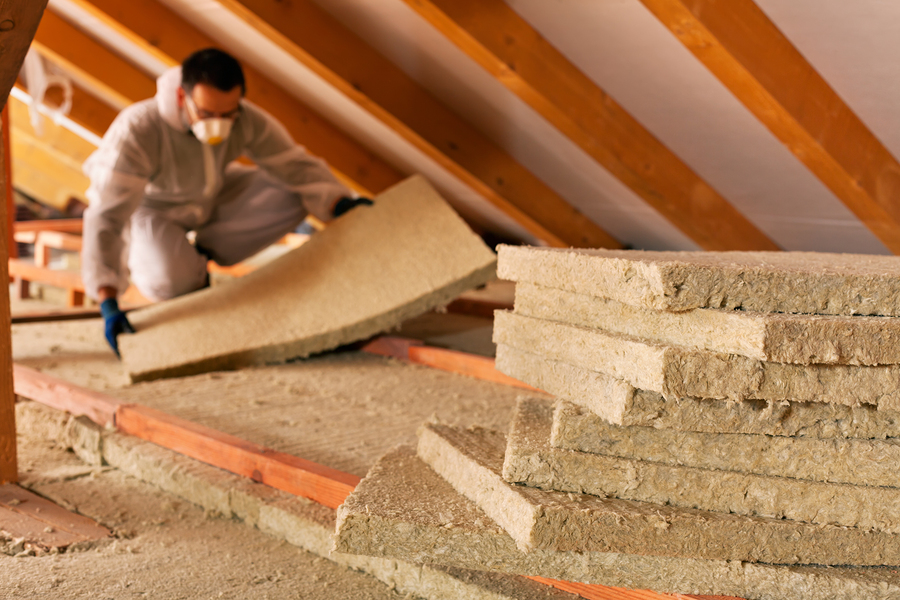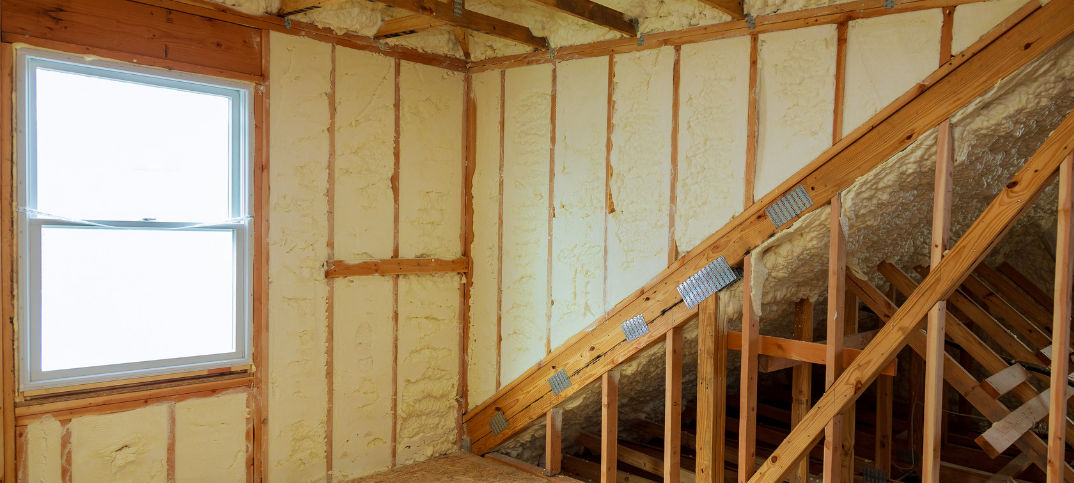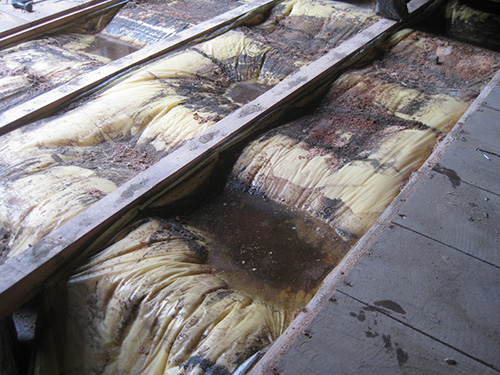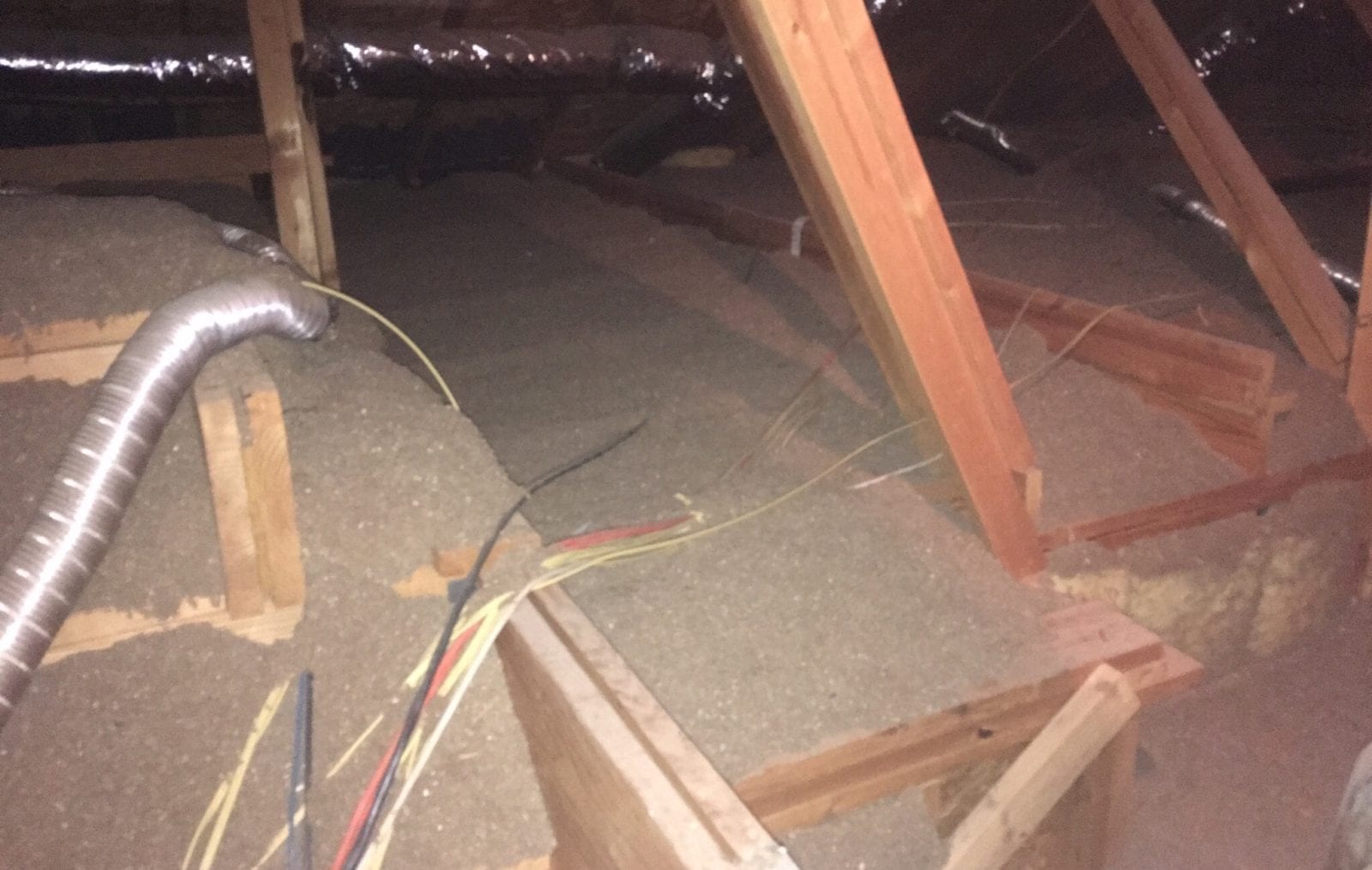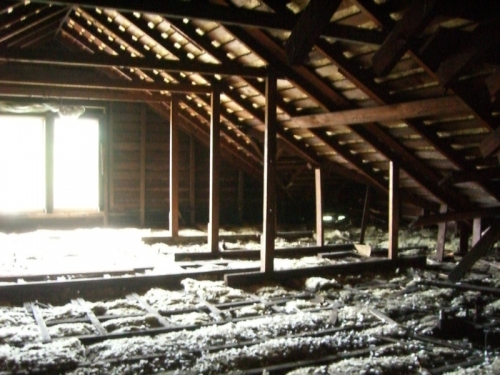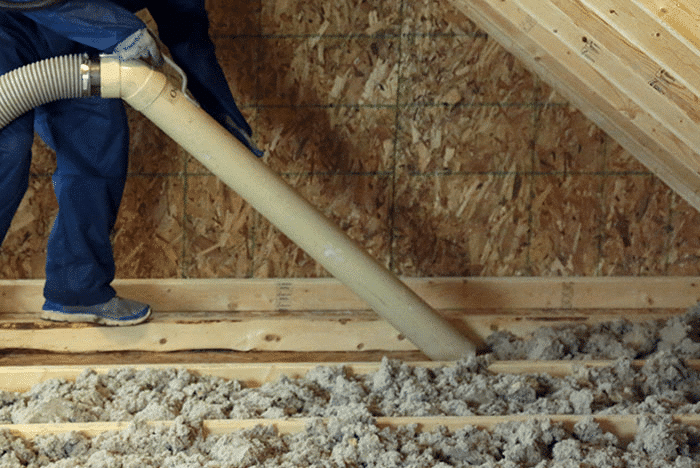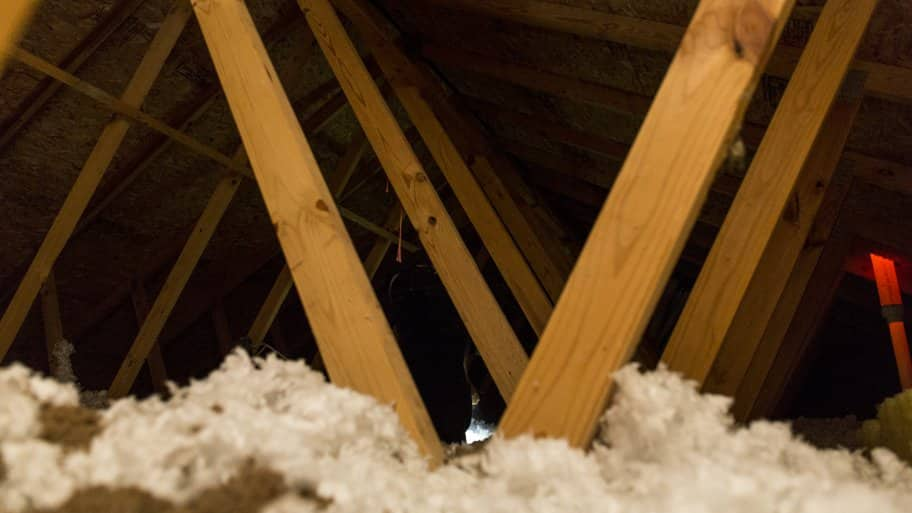My Attic Insulation Is Wet
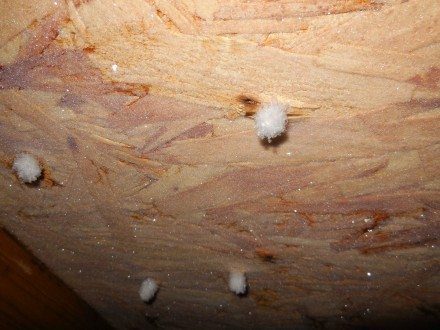
Box out light fixtures.
My attic insulation is wet. Carefully watch your insulation for the next couple of weeks. Issues such as blocked vents a leaking roof or even basement flooding can cause attic insulation to get wet. If it starts to have a funny smell it s a sign that the water that contaminated the insulation was dirty. When your cellulose insulation gets wet you need to sit up and pay attention.
Water in your attic can damage wood beams insulation and even. Look for water stains on the roof sheathing or damp or moldy spots on attic joists and existing insulation as a clue to where leaks might be. If the problem is the result of water or moisture penetrating the foundation or floor slab there are many remedial actions which may help. My cellulose insulation is wet.
Small black and or greenish colored dots on insulation boxes or other materials is a sign of an exceedingly high moisture content in the air. The best way to fix a wet attic is to stop air movement or leaks from the house. It creates a breeding ground for mold and mildew and ruins the air trapping pockets that block heat flow. Once this is done the existing ventilation is usually more than enough to keep the attic dry.
Be sure to take the necessary steps to prevent water damage to your home. If the fiberglass within your wall cavity or in your attic becomes wet from a leaky roof or burst pipe it will lose insulating effectiveness until the material dries out over time. Trapped moisture encourages corrosion of roofing fasteners and rusting of steel studs and wall ties which reduce wind uplift ratings. You ll need to replace it all.
Though attics are typically hot and dry a leaky roof or pipe condensation or severe weather can cause water to enter your attic. It will need to be replaced immediately as it will lose its effectiveness to keep your home comfortable. Wet insulation means trapped moisture that will slowly degrade the entire roofing system from the decking to the building itself. A roof timbers within an attic can become damp from two sources.
Moisture trapped inside of insulation is a breeding ground for mold and bacteria. If insulation becomes moist or damp its rendered useless. It is important to stop air leaks because a heated house is much like a chimney. These can include installation of seamless gutters and downspouts.
If you believe moisture is a problem in your attic go and inspect it for signs of mold and mildew. The best solution for controlling moisture is at its source.
